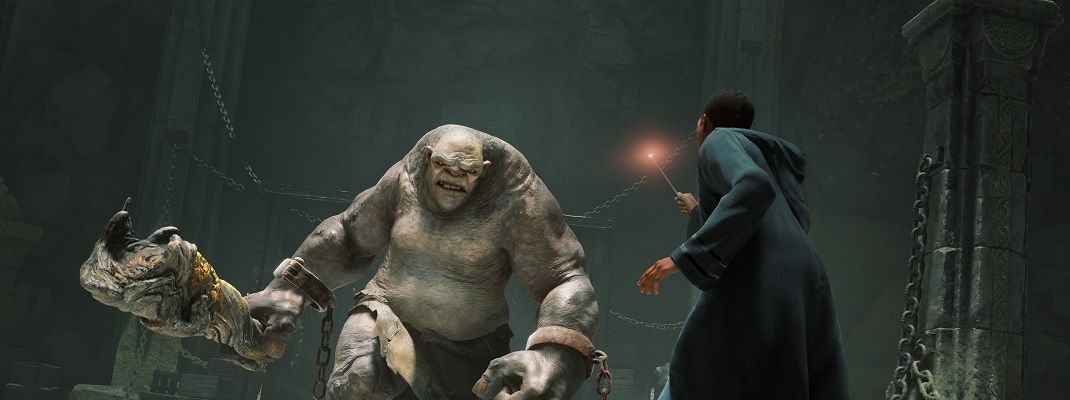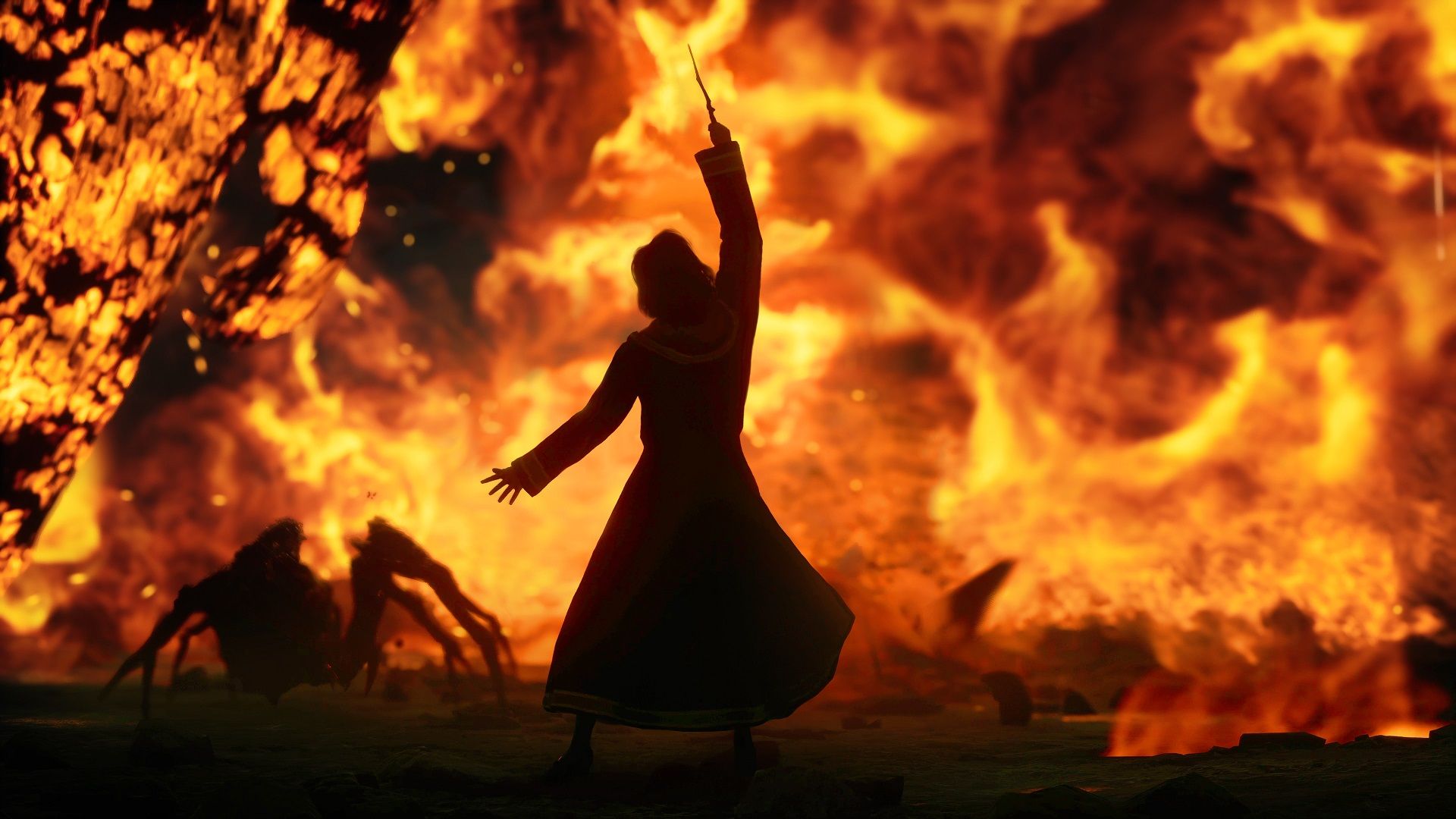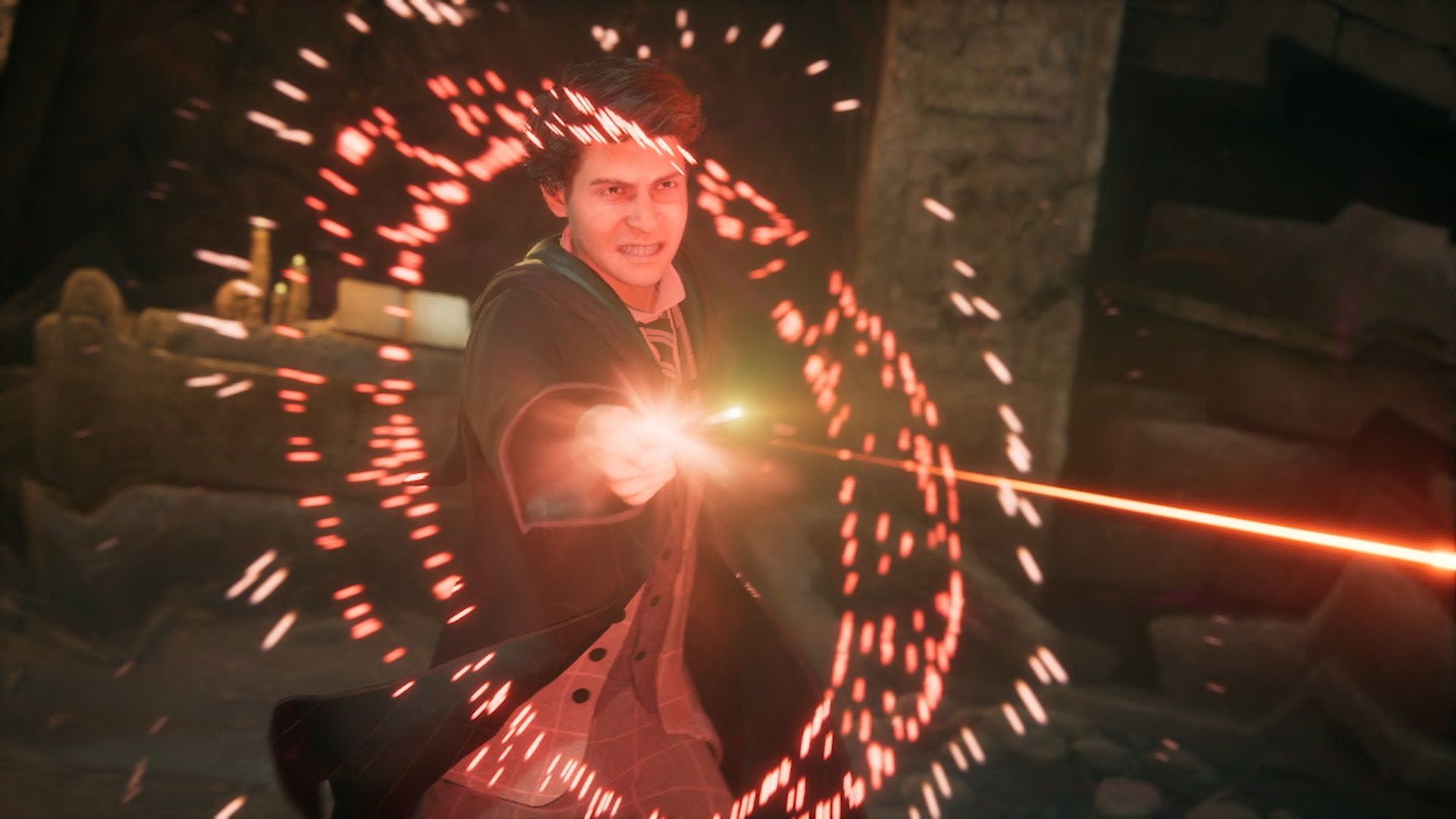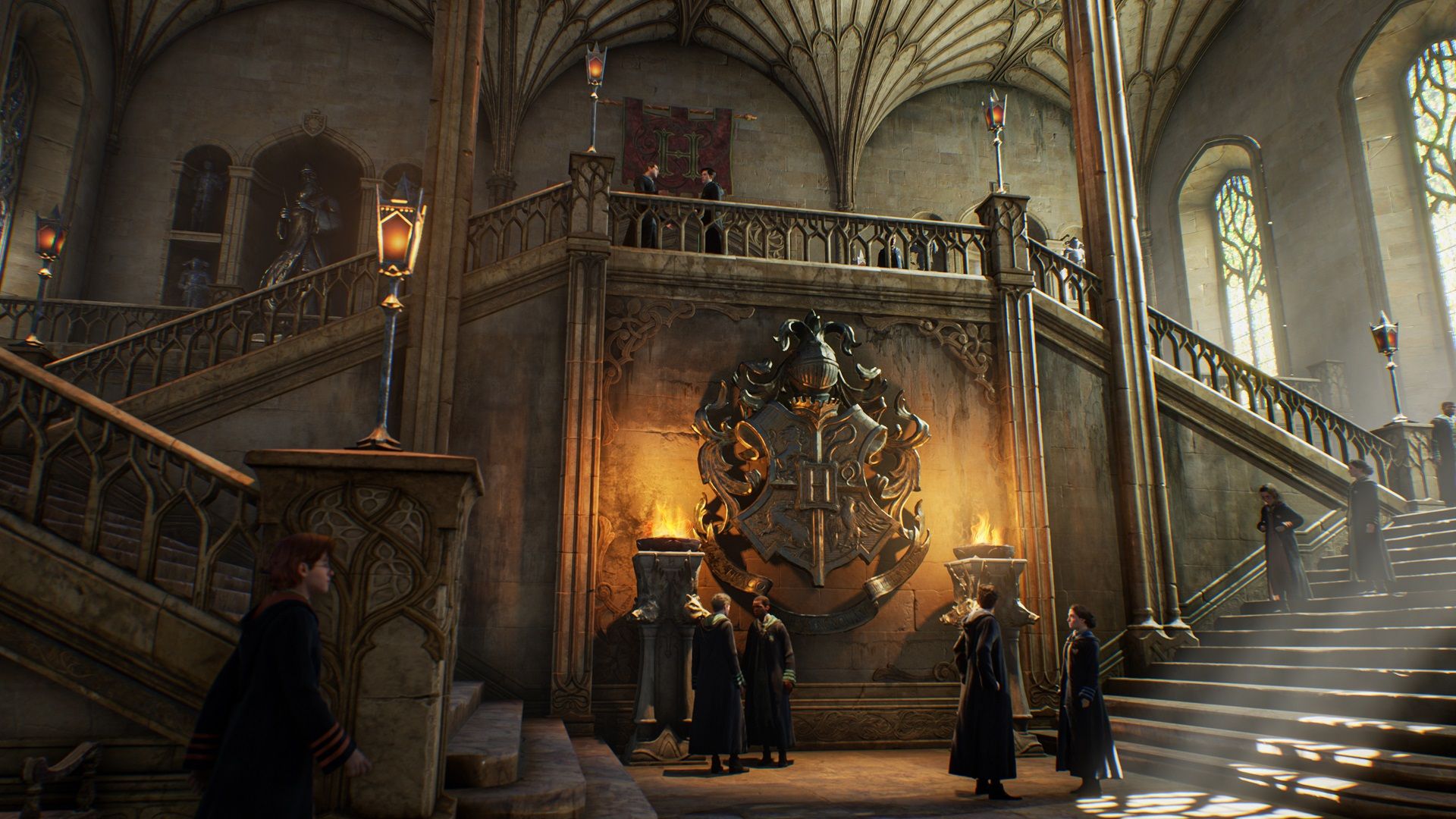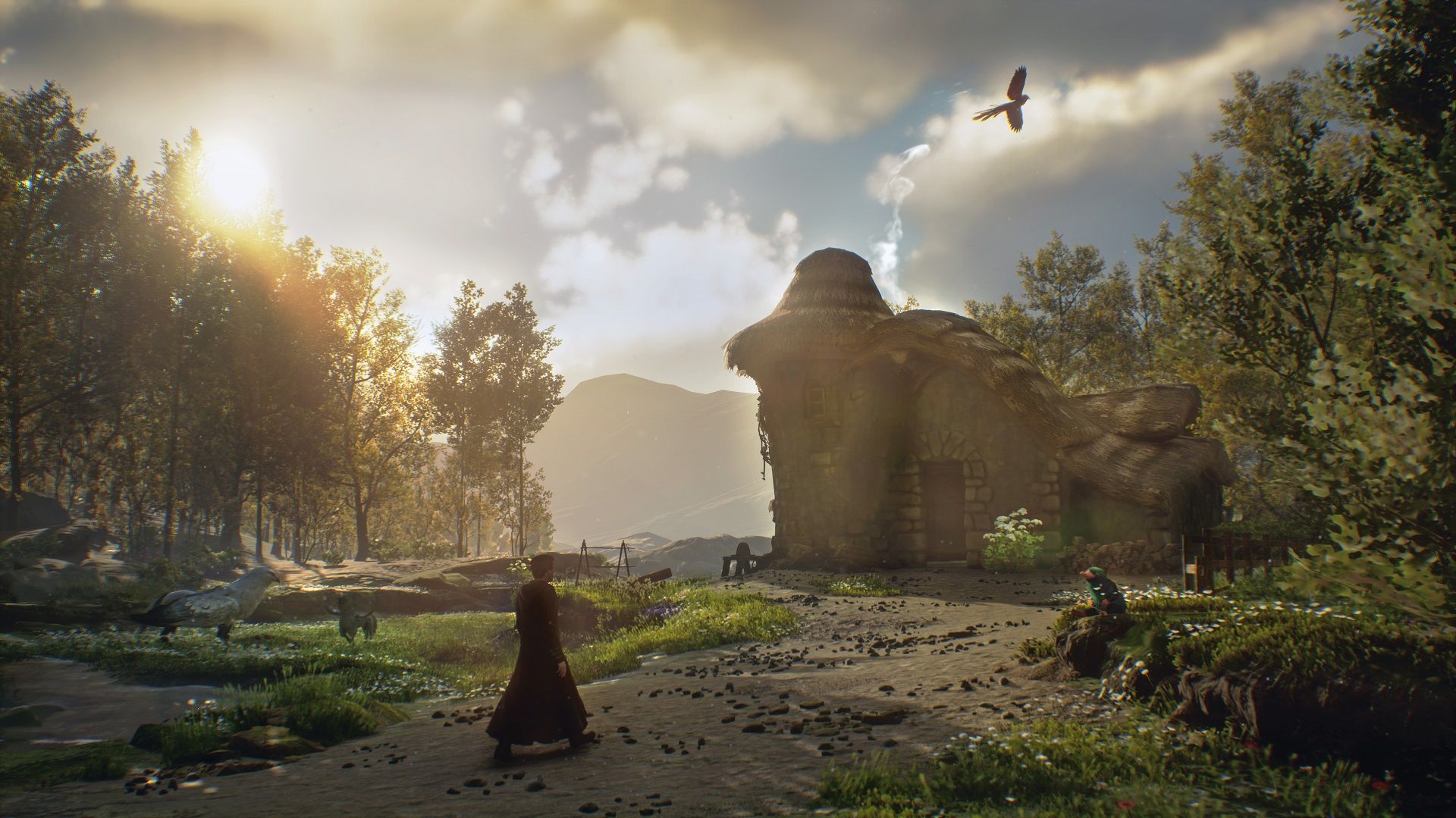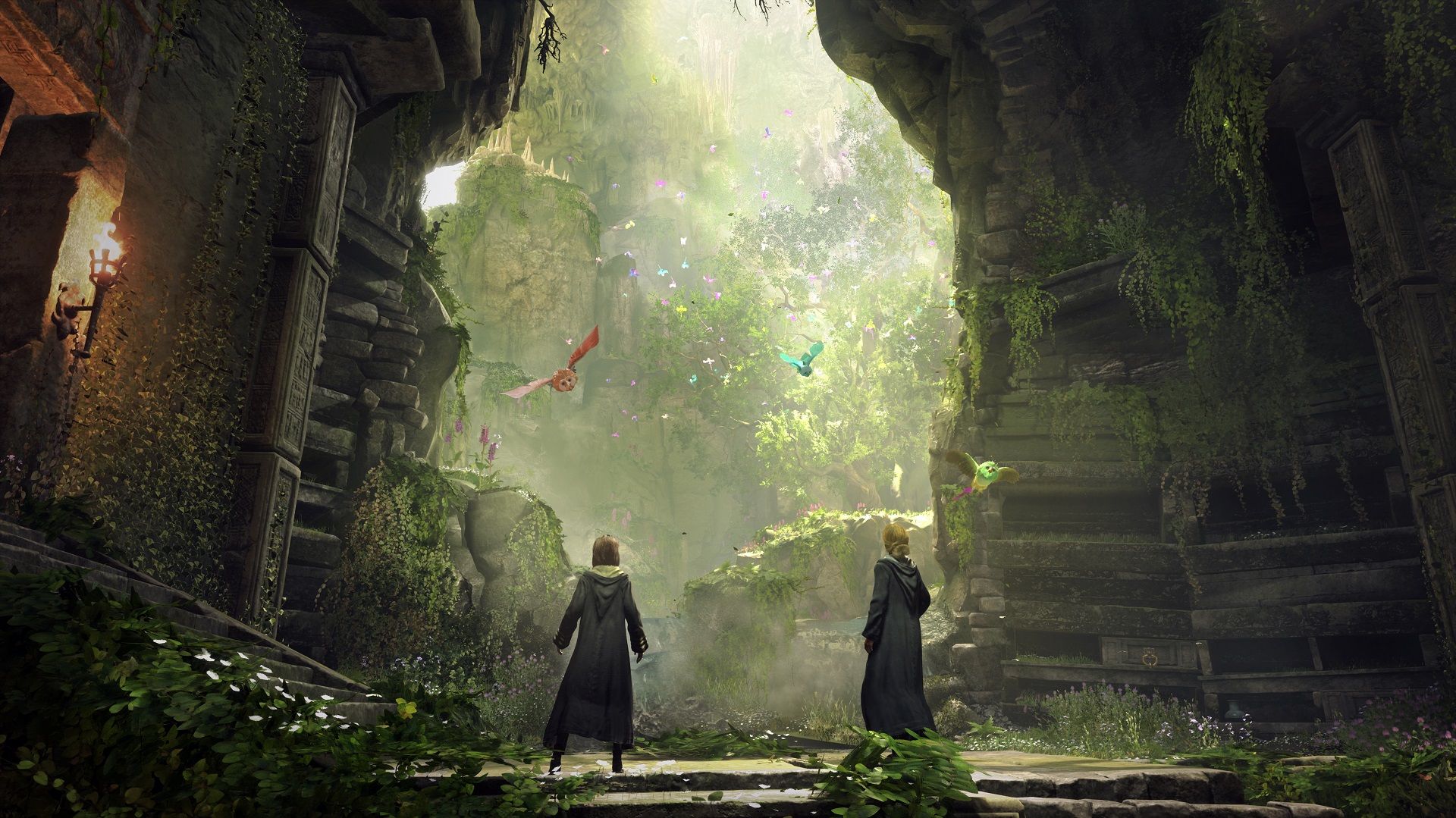Harry Potter remains a generational force in the mindset of many adults that grew up with the franchise. The books drove millions to read, while the movies drove those numbers to movie theatres. Despite this, it’s been a long time since a truly great game based on the material was released. Enter Hogwarts Legacy, an action-RPG developed by Avalanche Software that pulls from the source material to tell a new story in the beloved universe. Its development, however, has been heavily overshadowed by creator J.K. Rowling’s comments. Still, Avalanche Software has worked hard to deliver a worthy game set within the Wizarding World. Does Hogwarts Legacy capture the magic that made Harry Potter such a hit or have we found ourselves another Fantastic Beasts?
Hogwarts Legacy takes place in the 1890s, long before the adventures of Harry Potter or Newt Scamander. You play as a fifth-year student only recently discovered and invited to Hogwarts. On your trip to the castle, you find out that you have a unique ability to see and interact with ancient magic. Ambushed by Goblins and Dark Wizards, you’re put on a path to uncovering an ancient mystery buried deep in Hogwarts’ past.
Hogwarts Legacy cleverly builds its narrative off the traditional Harry Potter formula, immersing players into a magical world and then having them solve a mystery. While the stakes of Hogwarts Legacy never match Lord Voldemort’s assault on Hogwarts or Gellert Grindelwald’s World War II escapades, the central mystery is compelling enough through the majority of the game. It’s only towards the end that the story feels rushed and the revelations don’t hit the highs of the books or films.
The story shines when it lets you be a Hogwarts student. While there aren’t too many classes to attend or trials to master spells, ala Harry Potter’s 1-3 on console and PC, the classes are used enough to provide interactions with students and the teachers. While it's disappointing that some of the more interesting characters, like Headmaster Black and Garreth Weasley, aren’t given more screen time, the interactions available are enough to make you feel like a student at the school.
Rounding out the story is the trio of companions, each providing a fleshed-out questline. These are, surprisingly, the best story segments of the game, thanks to solid characterization, a sense of mystery and the ability to capture the moments and awe and wonder from the books. Sebastian, Natsai and Poppy are undoubtedly the most interesting characters in the game. Their lack of interactions with each other or the main story, however, robs them of that true companion feel Ron and Hermione had in Harry’s adventures. Also missing are proper antagonists, with the game only providing Ranrok and Victor Rookwood. Neither hardly show up, nor do they ever leave an intimidating presence on the characters. By the time the credits roll, the story makes both come off as a joke compared to the lore’s other villains. Lord Voldemort, Bellatrix Lestrange and Gellert Grindelwald these villains are not.
Hogwarts Legacy’s story succeeds where it needs by recapturing that sense of wonder and mystery that made the books successful. Though its main narrative trips up towards the end, particularly with its lackluster villains, it’s bolstered by a stellar trio of character-driven questlines and a deep sense of wonder as you interact with the castle and its deep repository of characters and lore. It’s also a lengthy adventure. Expect to spend anywhere from 15-20 hours on the main story alone and even more to complete the questlines and side missions.
Your journey in Hogwarts Legacy is split between the Hogwarts grounds, the village of Hogsmeade and the Scottish Highlands. Under the game’s premise, players are given a special Field Guide to help them get up to speed with the Wizarding World and encourage exploration, except that kind of encouragement is rarely needed. Hogwarts is such an iconic location that it was always going to draw players in, but what Avalanche Software has managed to accomplish with the location is a absolute triumph in design. Taking cues from the books and films, the studio has created a locale filled with endless opportunities. While fans will get a kick visiting iconic locations, even non-fans will find plenty of hidden secrets. Hogwarts and its grounds’ only crime is that quite a bit of the game doesn’t take place there.
Hogsmeade is a beautiful recreation of the films and serves as the primary point to buy and sell items. It’s a joy to visit, especially during the story’s different seasons, where the village is decorated to match. Less successful are the Scottish Highlands and its myriad look-a-like hamlets, catacombs and caves. Filled with generic sidequests, the sizeable open map feels unnecessary and dull compared to Hogwarts. Unfortunately, so much of the back half of the story and endgame are focused on this area rather than at Hogwarts.
Aside from sidequests and exploring, Hogwarts Legacy shockingly doesn’t have that many activities to participate in. Unlike EA’s previous Harry Potter games, Hogwarts Legacy is missing a lot of marquee staples of the franchise. While some, like Quidditch, are understandable (the broom handling mechanics are just terrible), others, like a proper Dueling Club, are absent and merely relegated to short side quests. Those that are there, like potion making and Herbology, are relegated to selecting what you want to make in a menu and then waiting an amount of time. As a result, it’s hands-off and feels disconnected from the magic of the canon.
The same could be said for learning new spells. Only a handful are taught via classes or have an appropriate, natural assignment attached to them. However, the rest are tied to arbitrary assignments that are more checklists than anything else. For example, there’s no correlation between popping balloons on a broomstick and learning the ice-charm Glacius. It’s moments like these and the lack of actual potion-making, amongst others, that make Hogwarts Legacy feel less like an experience and more like just another open-world game with checklists to complete.
The crux of your time in Hogwarts Legacy centers around exploration and combat. Exploration is excellent, and thankfully, combat is as well done. You can almost think of combat like a Batman Arkham game in that it’s a rhythmic battle of attacks, blocking and countering, dodging and utilizing different spells to crack the defenses of various enemies. In Hogwarts Legacy, a basic spell is cast by tapping the right trigger. Holding down the trigger allows you to cast more powerful spells assigned to the face buttons. These spells are broken down into three colors; yellow, purple and red. Yellow spells apply some form of detriment to enemies, like slowing them down for a set amount of time, purple is setup spells that prep an enemy for juggling, and red spells are outright attacks that deliver heavy damage. Unforgivable Curses are also available for those who want to roleplay as a Dark Wizard.
Overall, the combat in Hogwarts Legacy is fun, frantic and a feast for the eyes. Like Batman Arkham, the action remains readable despite how many enemies appear on screen. The control setup is elegant, though unrefined. Sometimes it can be awkward swapping spells in the heat of the battle, especially ones that require specific colored spells to break enemy shields. An extra set of quick-menu spells virtually mapped to the unused left trigger would have been nice and helped alleviate awkwardness. The camera is also wonky, snapping back and forth between enemies too quickly. Be prepared for a few misfires from it. Besides that, Hogwarts Legacy’s gameplay is well done for a first game.
Hogwarts Legacy’s presentation swings like a pendulum, sometimes offering a true current-gen experience and other times feeling stiff and decidedly last-gen. Hogwarts itself is beautiful and one of the best-looking locations rendered in a video game. The amount of detail poured into each room, hallway and common room is exquisite. It’s a feat of accomplishment that the rest of the presentation has difficulty living up to. While the Scottish Highlands have moments of beauty, the bare hills and flat grass textures don’t hold up when compared to Hogwarts. That sentiment extends to the animations. While animation works in the cutscenes and combat is generally excellent and conveys plenty of character, the animations played during conversations are painfully stiff and awkward to witness.
Performance-wise, Hogwarts Legacy is polished enough when playing the right mode. Both the Quality and Performance modes run well, with a few hiccups here and there. While the ray-tracing option is spectacular, particularly inside Hogwarts, the performance hit isn’t worth it.
Closing Comments:
Avalanche Software had a mighty challenge when it came to adapting the Wizarding World into a game. Unshackled from the books and films, the studio needed to craft a compelling story, engaging combat and recapture the magic that captured people’s attention in the first place. For the most part, the studio has succeeded with Hogwarts Legacy. By following the structure of the Potter books, Hogwarts Legacy is able to build up a series of characters and a story that are gripping despite not quite sticking the landing at its end. Gameplay is fast, frantic and fun, though it could use ironing out in any potential sequel. Most importantly, it’s extremely engaging; a good thing since there isn’t much else to do. Though the game does capture the magic in terms of its look and feel, elements like learning spells, potion making and side quests come off as too formulaic and somewhat compromise the feeling the setting aims to portray. Hogwarts, though, is an absolute triumph, one that will easily keep players exploring to find every secret. Hogwarts Legacy isn’t perfect, but it’s successful in capturing the magic of the franchise and setting a solid foundation for any future games set in the Wizarding World. Hogwarts Legacy thankfully follows in the footsteps of Harry Potter, not Fantastic Beasts.

